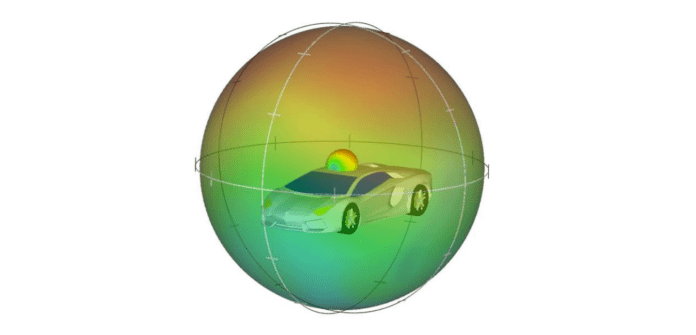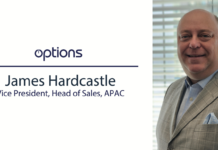The main stage in any product development process is the prototyping stage where several prototypes are developed for a product before releasing it in the market. It is during this prototyping stage that the company realises the efficiency and the efficacy of the product. In the quest for developing the best in the market, the company invests a lot of time and resources during the prototyping stage itself. This could extend from a few months to a few years and a few thousand dollars to a few billions. At some points, when these prototypes are put through several tests, it could require the skills and the competencies of each and every member of the research department, all at once. This not only increases the time to market but also the overall production cost and thus hikes the final price of the product.
Simulation software tools leverage the principles of mathematics and physics and enable the company to design, validate and optimize a product or a solution through a single operator and a computer. This has drastically reduced the production expenses and training costs. SImulation tools are predicted to grow in their abilities with the entry of advanced technologies such as digital twins, AR/VR and 3D printing. This is cited as one of the reasons why the global simulation software market size is expected to grow from USD 12.7 billion in 2020 to USD 26.9 billion by 2026. The report from MarketsandMarkets.com further observes that many of the pioneers in the Simulation software industry have adopted organic as well as inorganic growth strategies to expand their presence in the global market.
In order to get a better insight about this growing sector, we talked to Rafiq Somani (pictured below), Area Vice President – India and South Asia Pacific at ANSYS. ANSYS is a US-based company that develops and markets CAE/multiphysics engineering simulation software for product design, testing and operation and offers its products and services to customers worldwide.
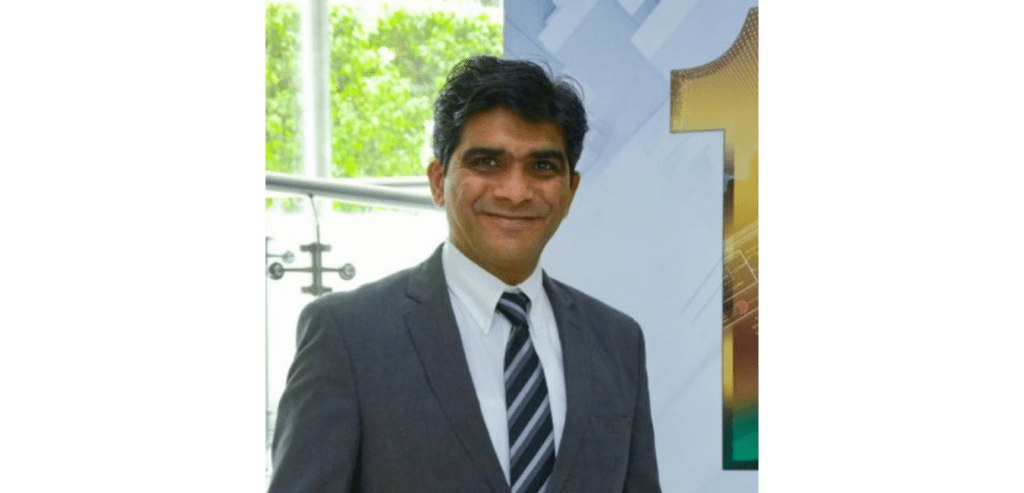
Analyzing the virtual testing tool
Speaking on the trends that he is observing in the simulation software market, Rafiq explains, “When we look at a hi-tech methodology program that is still traditional in its approach, we see around 6-7 years in product development. Using great simulation platforms, tools and engineers, we have reduced that entire process to a 3 year program. The fidelity and the virtuosity of our computer models have helped us to execute world-class products. We are learning so much more from a computer prototype than a physical prototype. Our large dedicated simulation development team reap the full reward of a really deep computer analysis.“
Ansys categorizes its customers into three segments – enterprise or the global customers, strategic or mid-market accounts, and finally, the SMBs (small and medium-sized businesses). Ansys has appropriate programs to cater to all these three markets. Rafiq clarifies that Ansys has a global strategy for all the above-mentioned three markets and a similar strategy specific for the APAC markets.
Digital tools spread like the pandemic
The pandemic has led to a huge spurt in the whole digital transformation process across sectors. Many of the talents in the manufacturing and simulation sector are still operating from their homes. Simulation solutions are basically very computer-graphic heavy and most of the high-powered computers are set up in the offices. In spite of it, thanks to cloud technology and high-speed internet, designers and engineers are still able to deliver their services. Rafiq explains that at Ansys, because of their partnership with Microsoft and few other cloud technology partners, the simulation engineers were quick to adopt and use their home desktops or laptops for some of the graphic heavy software applications.
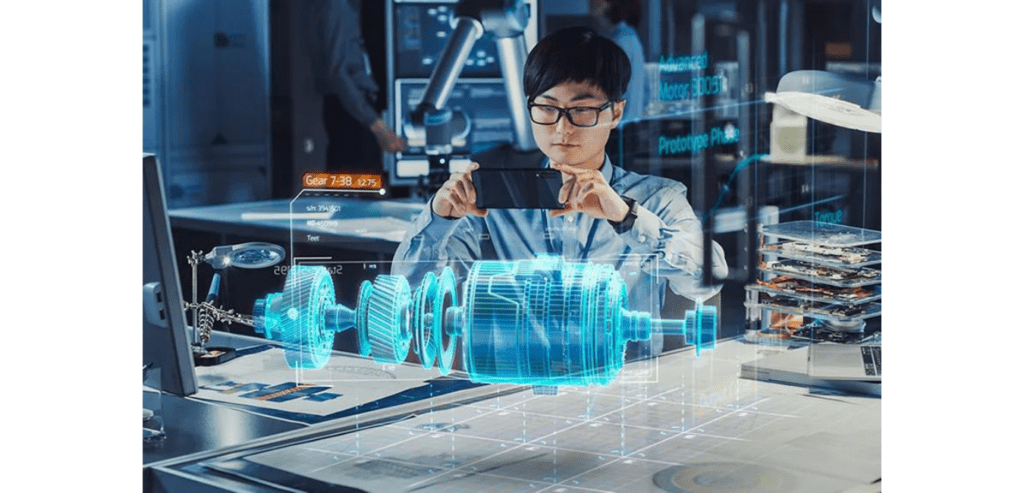
Rafiq tells us that its training modules and contents, and the customizations in the license agreements for the customers have played a vital role in averting the ill-effects of the pandemic. With a rising demand for digital equipment, the pandemic has boosted the sales of the semiconductor industry, leading to faster developments of new products for meeting the rising demands. Similarly, there has been a rising demand in the drug manufacturing and medical equipment sector. Startups have been shooting up across the globe with their lean operational abilities and agile adoption approach.
Rafiq revealed to us, “Ansys’s Fluid platform is used extensively to take a drug developed in the lab to a mass-scale production process. Due to the In-silico trial methods, instances of animal or human trials have reduced considerably. With in-silico and digital twin technologies we are confident that there will be times when the drugs will be custom made for every single person. These technologies have already showcased their success rate in the dental surgery or the hip replacement or prosthetic segment.”
Simulating a technologically-independent nation
Countries that set aside large amounts of their budget for research and development are the ones where the adoption of the simulation platform is high. Countries that have heavily invested in research and development are showing a higher number of innovations per year, whereas service-oriented countries like India are slowly pacing up to the leaders in the world. Rafiq is confident that the Indian PM’s ‘Atmanirbhar’ initiative will drive up the product development rate in the country. He is also assertive about the growth of the Startup culture across the globe. He feels very optimistic about the new-gen technology-advocating leaders who are proactive about investing in R&D.
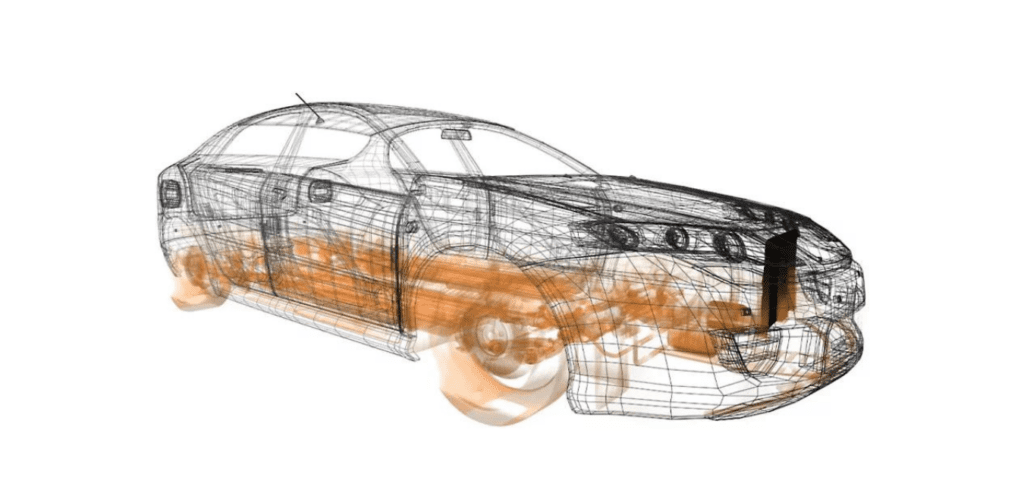
Addressing the security concerns among the defense sectors, Rafiq points out that there could always be indigenously-built closed cloud clusters which would not be vulnerable to the hackers. Bigger and powerful high computing machines would prove to be a boon for the defense and the research departments of several nations.
The entrepreneurs need to be supported and encouraged more to further boost the economy of the country. Rafiq revealed that Ansys has come up with what is called the Startup bundle. It includes many modules and packages for the initial product development. Rafiq believes that with the right approach and the right mindset towards cloud technology and the simulation platform, startups across the globe would be able to achieve their goals faster and better. He explains, “Unlike in the aviation or the pharmaceutical sectors, the investors are not ready to approve of a project that has proven its might over a simulation platform. The VCs need to be more tolerant and acceptable about the digital validated prototypes.” He also cites the example of the ventilator project that was initiated by an academic institute and startup incubation centre in 2020 in India. The first operational ventilator was rolled out in less than 90 days.
Charting the path of growth
Simulation is largely used by simulation engineers but in the coming future, even the design engineers doing front end design analysis will use simulation a lot. Ansys has been acquiring a lot of talents and innovative companies for organic growth. Rafiq reveals to us, “Ansys is always on the lookout for the best technology available or can be developed in the market. Ansys is concentrating on its core technology, which would continue to grow at a CAGR rate of 8 percent. Ansys has further extended its efforts towards some of the emerging high growth markets such as electrification, autonomy, 5G and industrial IOT, including AI/ML. We have acquired and developed a lot of technologies in these fields. We believe that this will grow by 18-20 percent in the next 4-5 years. These adjacencies will grow around our design exploration competencies.”
Along with additive manufacturing, Ansys is also investing its focus on ‘Digital Twins’. SImilar to Digital Twins of humans, Rafiq predicts a spike in the development of ‘Digital Twins’ of expensive, industrial machinery that cannot afford to see a downtime, like the aircraft engines. Digital Twin helps to continuously monitor the physical product and predict any anomalies before it even occurs.

Sustainability and environmental impact will play a very important role. Companies are working very closely to make their products and services environmentally sustainable.
Innovating ‘Make in India’ success
Sharing his views on Indian Prime Minister Narendra Modi’s views on ‘Atmanirbhar Bharat’ Rafiq shares that India has the IITs and a few other institutes that are well ahead on the technology curve but there are some tier-2 and 3 city-based institutes that are yet to adopt some of the top emerging technologies into their curriculum. The academics and its students need to be prepared to handle the needs of the emerging innovations. More than the industry, if academia steps up its R&D activities then it benefits the industry and the country at large. The IITs in India are promoting research among the students from a very early stage of their curriculum.
Reportedly, Ansys has partnered and sponsored student activities like the one at Baja SAE and another one for the agricultural projects. It is because of these activities that academics are encouraging their students towards self development and innovation. It has also helped to change the thought process, attitude and the approach of a lot of the autonomous and good engineering colleges. Students are being encouraged to explore innovative new ideas and set up a business model of their own.
Rafiq, a 1985-89 batch Computer Science student from Mumbai, India, beams out, “I am very excited and proud of the new generation. Their thought process is completely different and they are much more educated in terms of knowledge of what is happening in the industry. The Internet has made them aware of global competencies. They are very ambitious and very passionate.”
Excerpts of an interview by Ujal Nair


